Curriculum Component Patterns
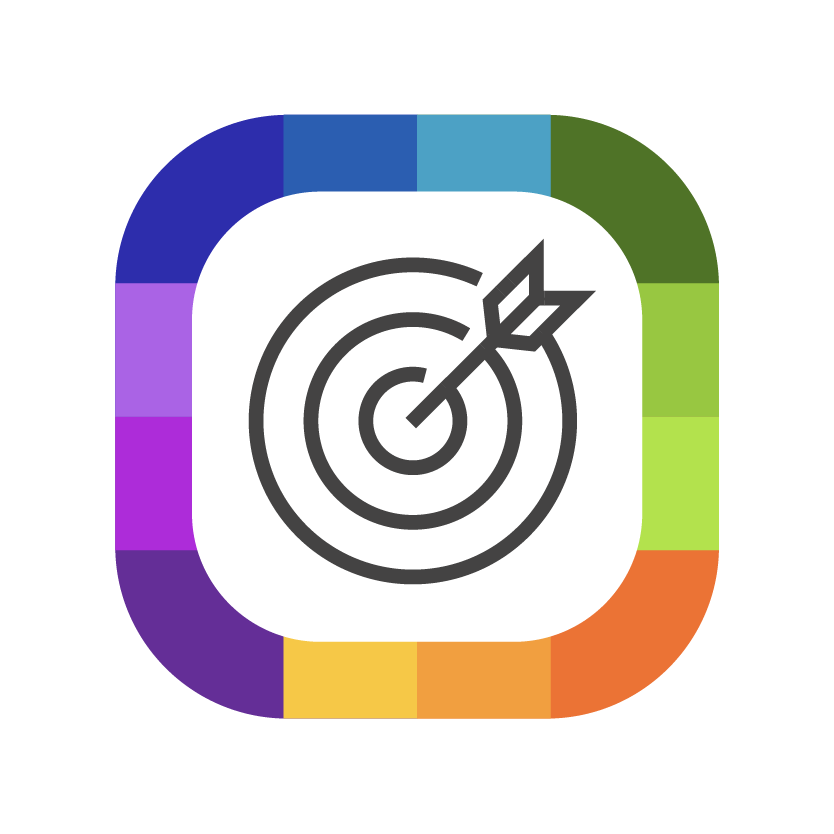
Conducting field trip to identify problem for goal setting
Description:
Students undergo the process of problem identification to start the engineering design project. Teachers can support this process via arranging a field trip that students can observe, search for more information and discuss.
Typical sequence of tasks in this CC pattern:
1. Respond to a simple survey to reflect on own prior understanding about the issue
2. Explore the issue in a field trip
3. Search related information about the issue
4. Explore further with another field trip (optional)
5. Discuss in groups to identify a specific area for investigation and problem-solving
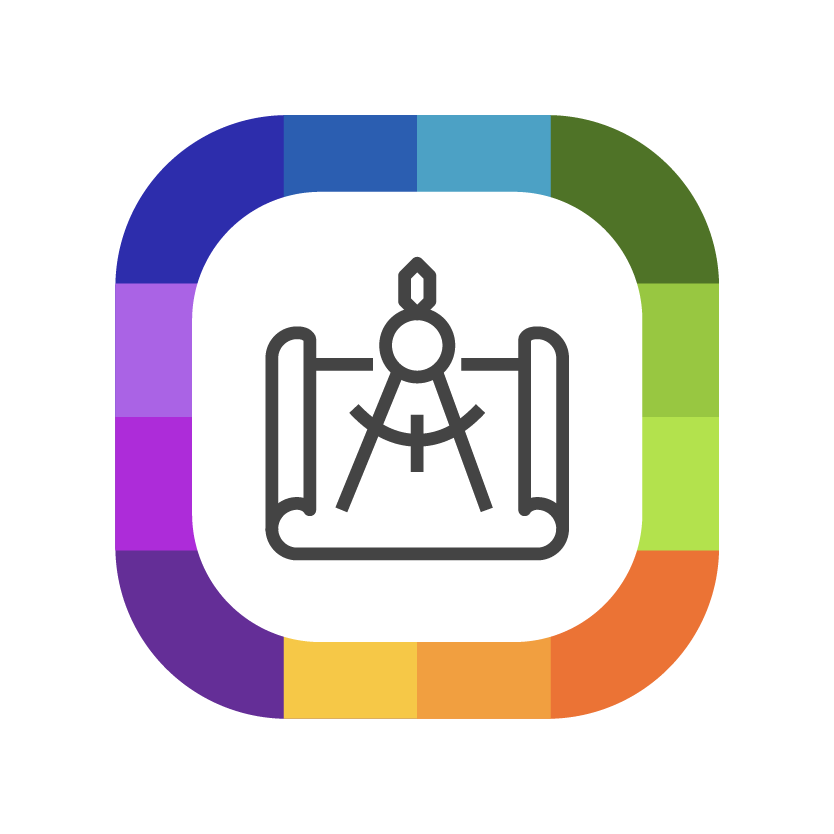
Designing a prototype by ideating essential design elements for self-planning
Description:
Students ideate possibilities and make representations for their design plans. Teachers can support students by first giving them stimulus such as available tools and technology as well as information about the design subject. Then let them discuss design elements such as needs of the target audience and successful criteria. The process of creating a design plan can be iterative and supported by peer review and revision.
Typical sequence of tasks in this CC pattern:
1. Practice a range of technology/tools, and/or receive information
2. Discuss in groups to identify essential design elements
3. Construct a visible artefact to represent design plans
4. Reflect on feedback through peer review process
5. Refine the plan
6. Repeat 4-5 (optional)
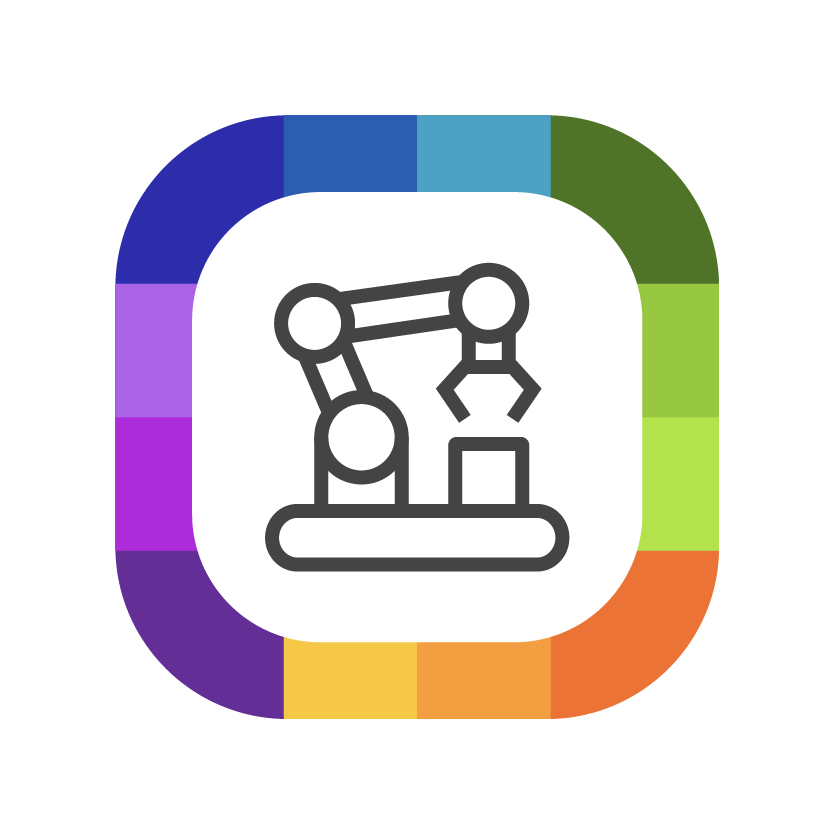
Construction and testing of the prototype to check performance for self-monitoring
Description:
Students construct the prototype based on their design plans and check the performance of their products. Teachers can support students by facilitating students to monitor their own work with their plans, checklists of successful criteria and performance rubrics.
Typical sequence of tasks in this CC pattern:
1. Construct the prototype with selected materials and technology according to the design plan
2. Test the performance of the prototype based on the success criteria
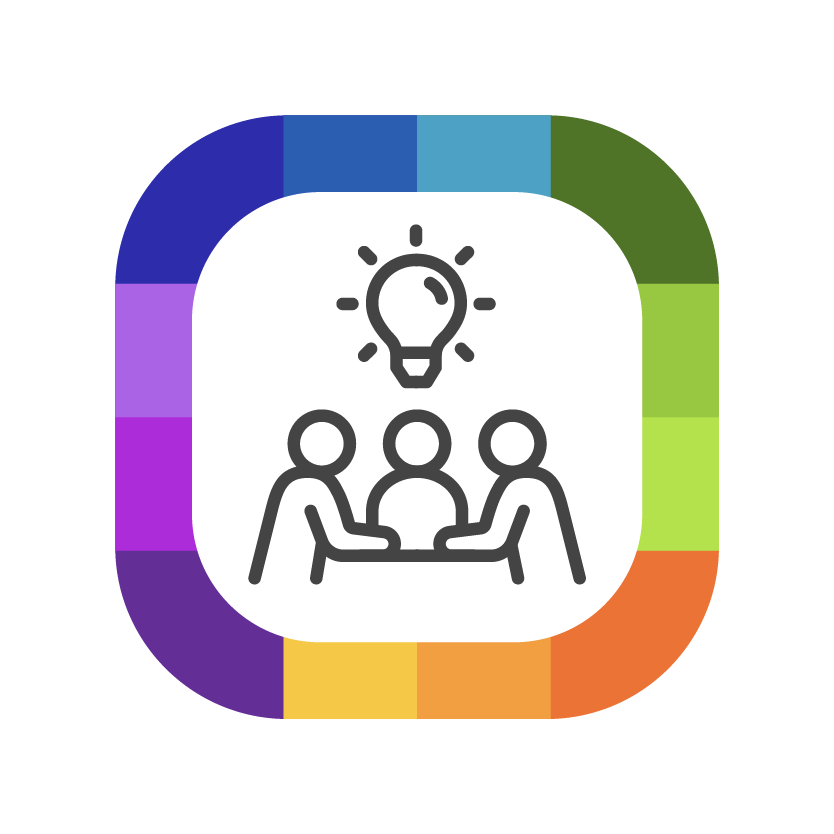
Demonstration and peer-review of product for self-evaluation
Description:
Students communicate their products to others to collect feedback and suggestions for evaluating their design outcomes. Teachers can support students by letting them share with others the results of their work and difficulties they encountered. Students can collect feedback and suggestions for their self-evaluation.
Typical sequence of tasks in this CC pattern:
1. Present the design thinking process and resultant work
2. Reflect on feedback and suggestions from others to identify what to improve
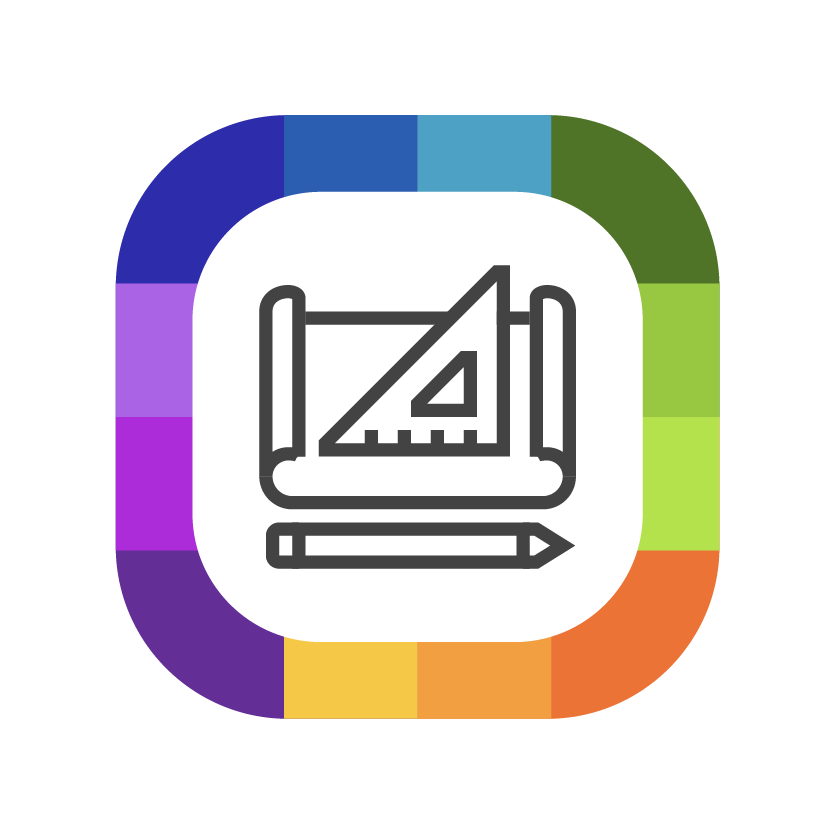
Optimising design to improve product performance for revision
Description:
Students engage in iterative cycles of engineering design process to improve product performance. Teachers can support students by letting them identify an improvement list and undergo a redesign process.
Typical sequence of tasks in this CC pattern:
1. Redesign and construct the prototype based on an improvement list
2. Test the performance of the prototype based on the (revised) success criteria
3. Present the design thinking process and resultant work
4. Collect feedback and suggestions from others to identify what to improve
5. Can repeat 1-4 (Optional)
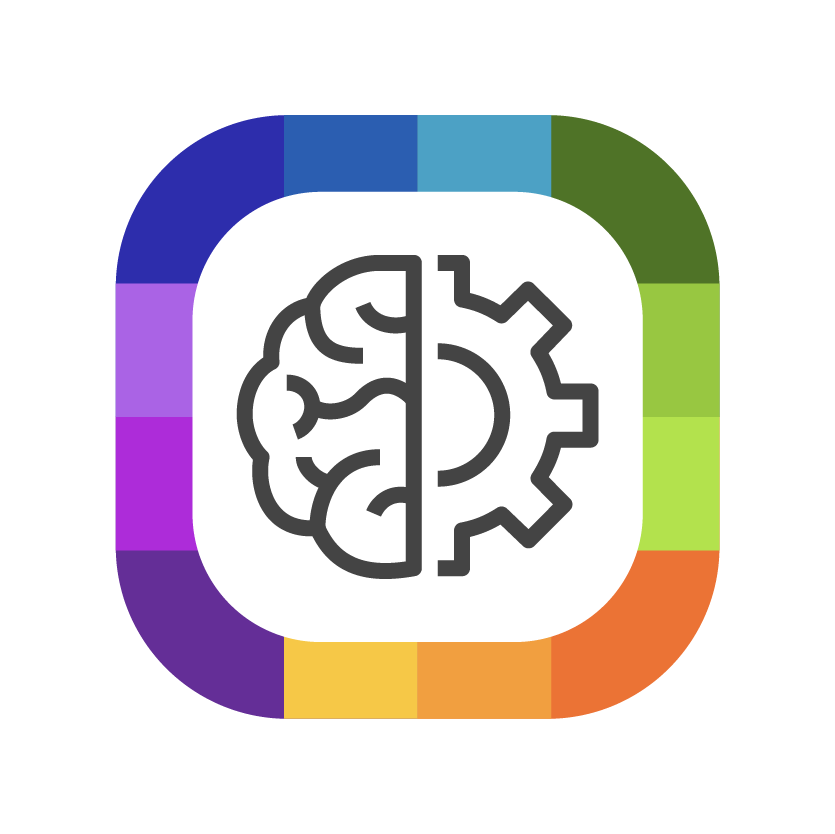
Construct a solution through mission-focus inquiry learning cycle
Description:
An important part of the learning activities for the CC takes place in groups before the synchronous session and organized by the students themselves. Students may decide to use a combination of asynchronous and synchronous communication and collaboration methods to achieve their goal. The synchronous part of the CC is a highlight in that students share their tentative products and receive comments from peers and the teacher. Cross group learning is an important focus. The teacher’s input can then build on the issues and diversities emerging from the inquiry cycle.
Typical sequence of tasks in this CC pattern:
1. Read assigned readings for discussing and reflecting on the readings
2. Construct solution and associated group presentation artifacts
3. Present solution
4. Peer assessment, feedback and discussion on presentation
5. Teacher feedback and clarification on issues revealed through reading quizzes, forum discussion and presentation
6. Reflection and revision of the solution
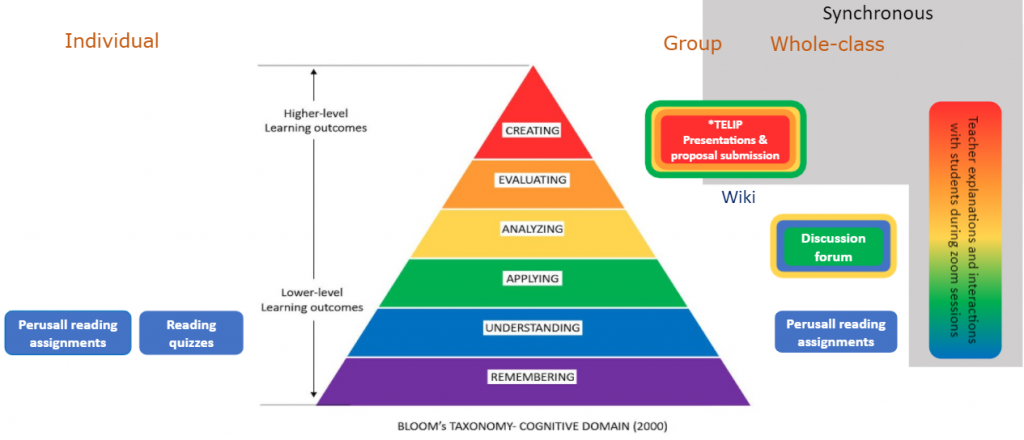
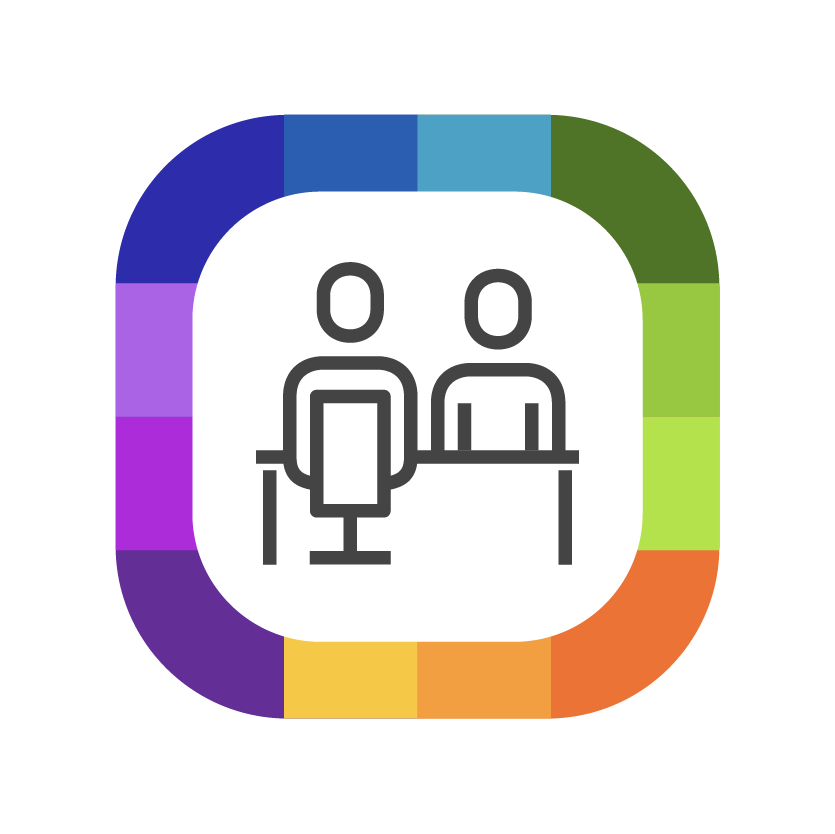
Client interview for goal-setting
Description:
In the SDL approach, it is not the teacher but students who take the lead to raise a problem to be solved. How can teachers help students to raise a good problem? Good strategies include a role-play of client interview to understand the needs of users targeted.
Typical sequence of tasks in this CC pattern:
1. Students observe the scenario of the design problem through stimulus
2. Students conduct a client interview to understand the design needs
3. Students work on the information collected from the interview, and select the most prominent problem needed to be addressed.
4. Students present their findings on user needs to the whole class

Create design plans for self-planning
Description:
Students should ideate the solution by themselves, preferably in groupworks. Students may search solutions to relevant problems on the Internet, collect information and share with group mates. Teachers may provide guidance and rubrics to facilitate students’ ideation process.
Typical sequence of tasks in this CC pattern:
1. Students work out a plan/draw sketch design to construct prototype.
2. Students receive feedback and comments from teachers and other students.
3. Students revise the design problem based on the feedback received.

Prototype construction for self-monitoring
Description:
Students will construct the product/prototype based on their plans made in previous steps. Before students’ taking actions, teachers need to lead students to discuss and agree on the success criteria of the product. Teachers may remind students to constantly refer to the success criteria in the process of constructing prototypes.
Typical sequence of tasks in this CC pattern:
1. Group discussion to identify the factors to be evaluate the prototype that fulfills users’ need
2. Students list criteria/rubric used to evaluate the effectiveness of the prototype
3. Students explores the materials
4. Students produce an early, inexpensive, and scaled down version of the product

Data analysis and scientific reasoning for self-evaluation and revision
Description:
Students identify causal and correlational relationships of different groups of data sets collected from the experiment and write down their statements using the process of scientific reasoning (CER). Please remember to ask students to conduct peer-assessment with the given success criteria in the previous step.
Typical sequence of tasks in this CC pattern:
1. Students identify causal and correlational relationship of different groups of data sets.
2. Students choose valid and reliable evidences that support the claims
3. Students apply scientific principles/theories to construct an explanation for the results.
4. Students write down their statements on the process of scientific reasoning
5. Conduct self-assessment on the scientific reasoning process (claim, evidence, reasoning)
6. Students improve the process of scientific reasoning
7. Students construct graphical displays to illustrate the relationships of the variables, and present to the whole class.
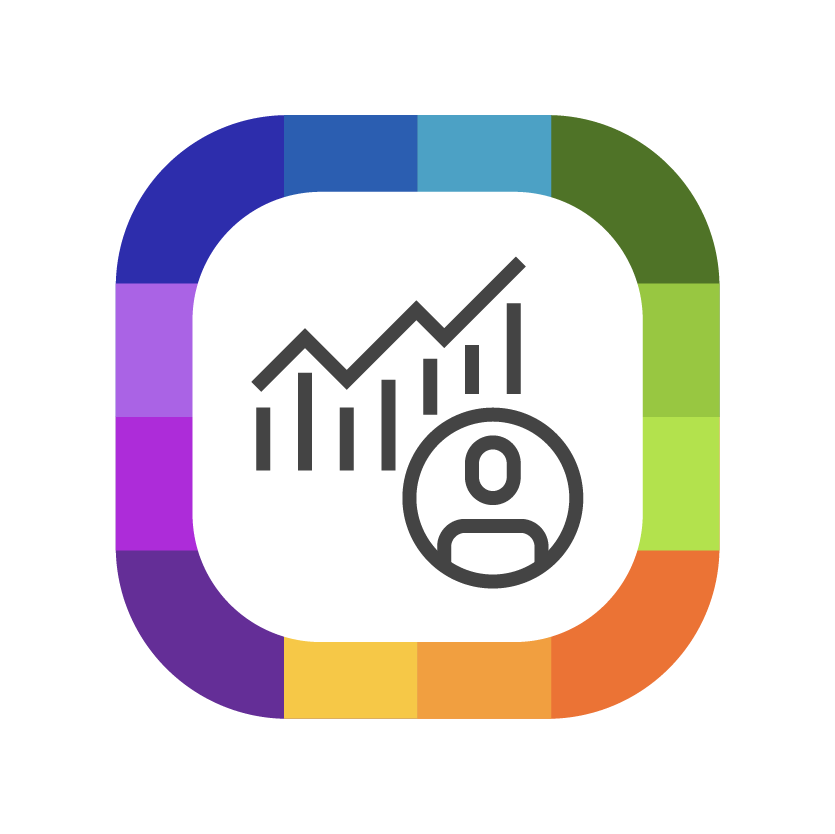
Product optimization for revision
Description:
Product design is an iterative process. Students can start another round of product design with thinking about the improvement of the product based on the evaluation and feedback received in the previous step. It is also a good idea to integrate more subjects in this step, such as humanity and arts, when teachers may wish to ask students to make the prototype more attractive and user-friendly.
Typical sequence of tasks in this CC pattern:
1. Students analyze the feedback from users/teachers, and search methods to optimize the product.
2. Students brainstorm on their findings, and converge on one best/feasible solution.
3. Students work out a plan/draw sketch design to construct prototype.
4. Students work on the product optimization.
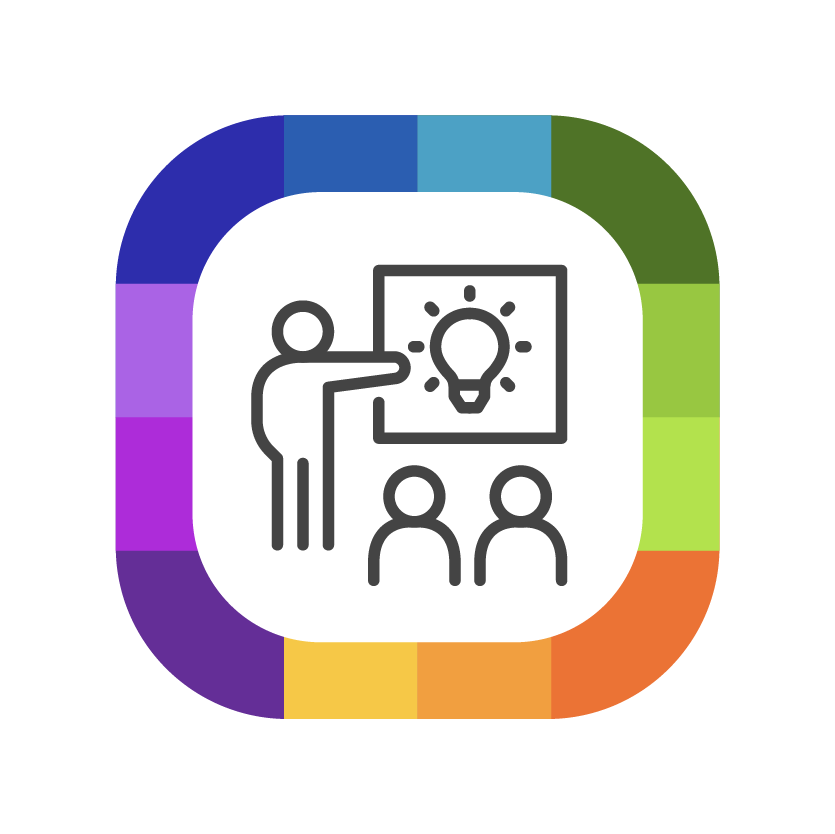
Predict-observe-explain for goal-setting
Description:
In the SDL approach, it is not the teacher but students who take the lead to ask a problem. How to motivate students to ask questions? Teachers may encourage students to observe a phenomenon and ask them to predict what may happen when some conditions/variables change.
Typical sequence of tasks in this CC pattern:
1. Students are provided a quick overview of a given scenario
2. Based on the scenario, students predict what would happen
3. Students observe, discuss and explain whether the outcomes agree with the prediction and why
4. Students write down their explanations or questions
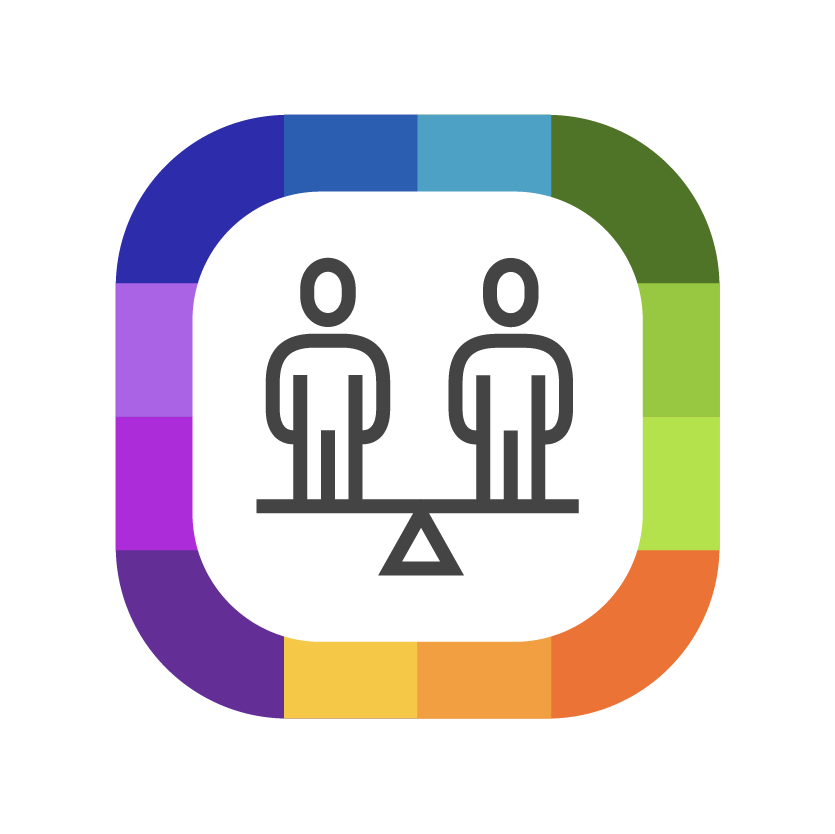
Design fair test for self-planning
Description:
Students will design a fair-test experiment to test their hypothesis. Teachers may provide guidance and rubrics to facilitate students’ design process.
Typical sequence of tasks in this CC pattern:
1. Group discussion to differentiate dependent/independent/control variables and design instrument to measure the variables.
2. Students write a plan of scientific inquiry.
3. Students reflect on the alignment between hypothesis and inquiry methods, as well as other practical issues of the experiment design.
4. Students revise and finalize the plan.
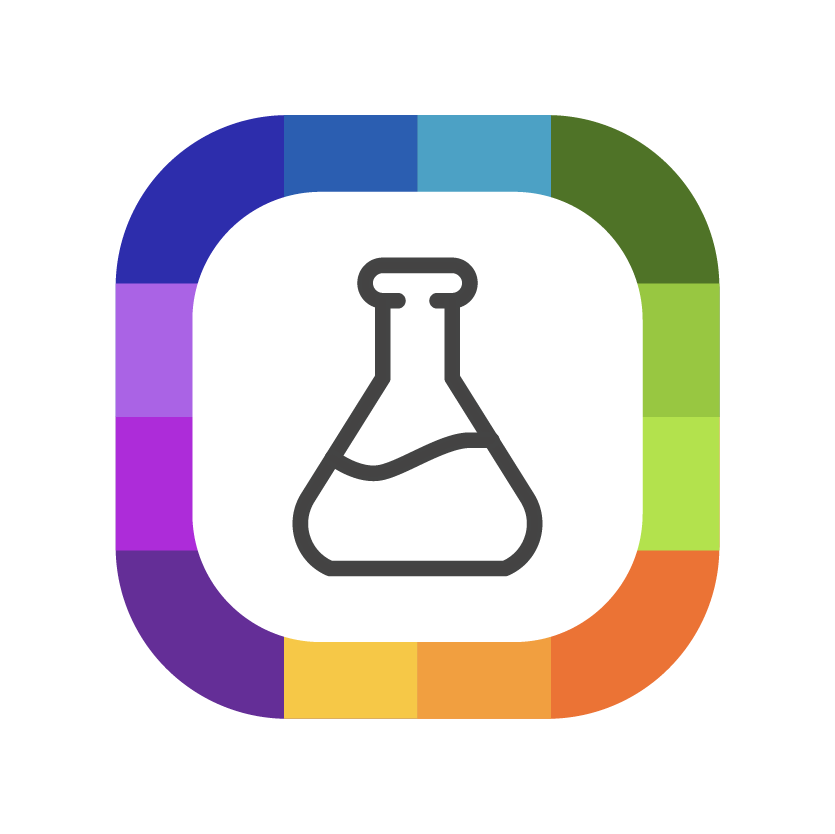
Conducting experiments for self-monitoring
Description:
Students will conduct the experiment designed to test their hypothesis. Before students’ taking actions, teachers need to lead students to discuss and agree on the success criteria of the experiment. Teachers may remind students to constantly refer to the success criteria in the process of experiment.
Typical sequence of tasks in this pattern:
1. Group discussion to identify the factors to be monitored for the successful implementation of the experiment plan
2. List criteria/rubric used to evaluate the success of the experiment
3. Conduct the experiment, observe the phenomena and record the data
4. Conduct self-/peer-assessment on the experiment procedure to identify the areas of improvement
5. Improve the experienment design and operation
6. Summarize and display the data in the form of spreadsheets, tables, or charts.
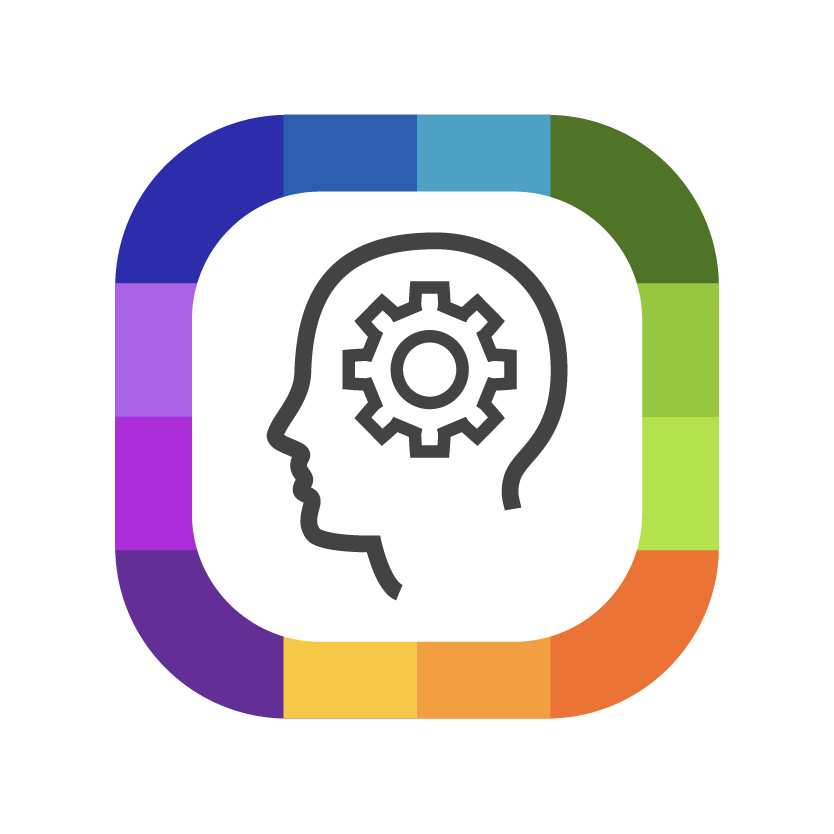
Brainstorming for goal-setting
Description:
In the SDL approach, it is not the teacher but students who take the lead to raise a problem to be solved. How can teachers help students to raise a good problem? Good strategies include group brainstorming to understand the needs of users targeted.
Typical sequence of tasks in this CC pattern:
1. Students observe the scenario of the design problem through stimulus.
2. Students discuss the needs of users.
3. Students work on identifying the most prominent problem needed to be addressed.
4. Students present their findings on user needs to the whole class.
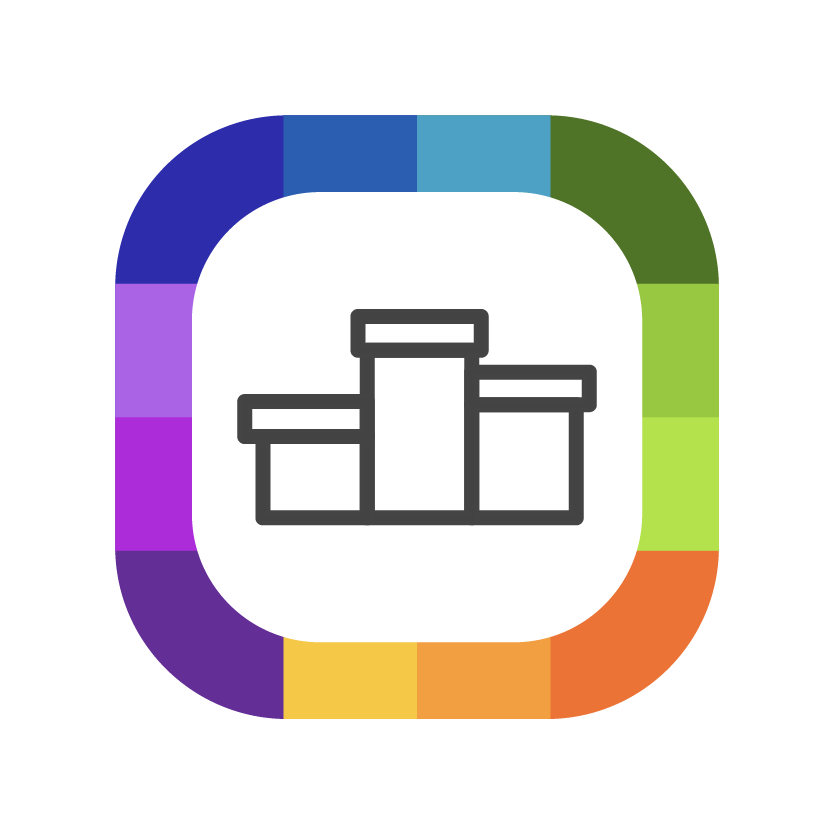
Competition for self-evaluation
Description:
Through competition to guide the students to test the performance of the prototype, teachers need to remember to ask students to conduct peer-assessment with the given success criteria in the previous step.
Typical sequence of tasks in this CC pattern:
1. Students receive teachers’ instruction on the success criteria of the competition.
2. Students perform their product.
3. Students self/peer evaluate the performance of their products based on the rubrics.

Asking questions about variables for goal-setting
Description:
In the SDL approach, it is not the teacher but students who take the lead to ask a problem. How to motivate students to ask questions? Teachers may encourage students to observe a phenomenon and ask them to predict what may happen when some conditions/variables change.
Typical sequence of tasks in this CC pattern:
1. Students search and explore new relevant information about the variables of the problem.
2. Group discussion and come up with some hypothesis.
3. Write down the hypothesis and share with the whole class.
4. Students receive feedback and comments from teachers and other students.
5. Students revise the hypothesis based on the feedback received.

Mission-focused inquiry cycle
Description:
This CC pattern provides the design for the focal learning experiences in a course that adopts mission-focused collaborative inquiry as its primary pedagogical approach. An important design decision in a mission-focused inquiry course is to break down the challenge of constructing the overall product into several stages of construction, with each stage connecting with some identifiable knowledge and skills connected with a specific component of the final product. An important part of the learning activities for the CC takes place in groups before the synchronous session and organized by the students themselves. Students may decide to use a combination of asynchronous and synchronous communication and collaboration methods to achieve their goal. The synchronous part of the CC is a highlight in that students share their tentative products and receive comments from peers and the teacher. Cross group learning is an important focus. The teacher’s input can then build on the issues and diversities emerging from the inquiry cycle.
Implementation notes:
Bringing in the thoughtful questions and discussions from the discussion forum would be a good strategy as it enriches the discussion and encourages students’ thoughtful postings.
Typical sequence of tasks in this CC pattern:
1. Exploration of the problem.
2. Search for relevant information.
3. Discussion forum regarding application of core concepts to the inquiry.
4. Collaborative construction of solution.
5. Presentation of solution.
6. Peer review of solution.
7. Teacher feedback.
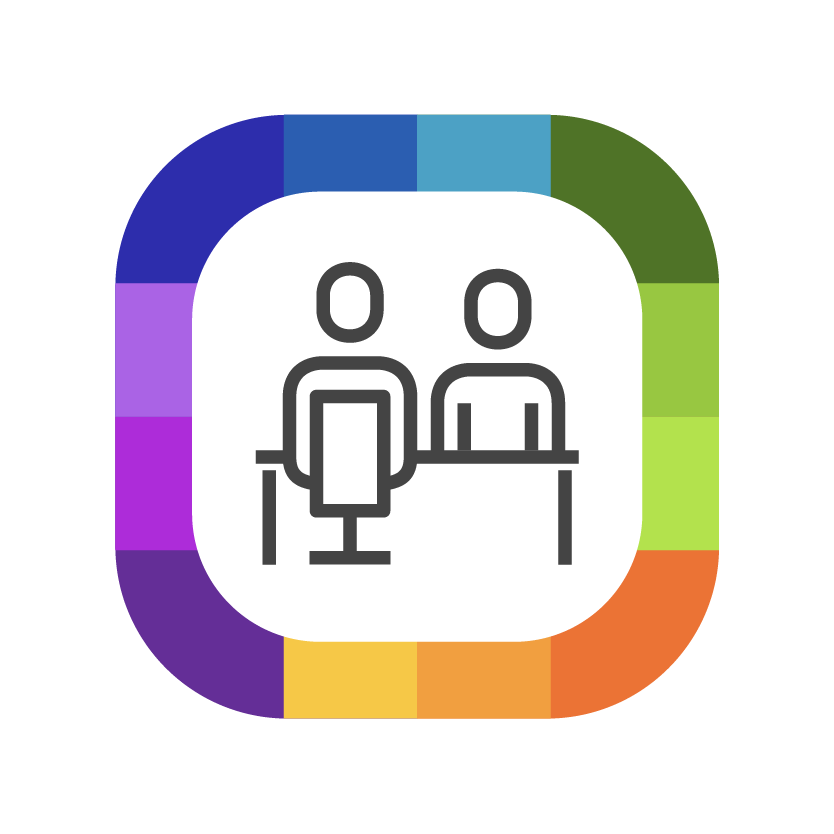
Client interview on the product efficacy for self-evaluation
Description:
In the SDL approach, it is not the teacher but students who take the lead to raise a problem to be solved. How can teachers help students to raise a good problem? Good strategies include a role-play of client interviews to understand the needs of users targeted.
Typical sequence of tasks in this CC pattern:
1. Students receive teachers’ instruction on conducting a client interview for the effectiveness of the product.
2. Students conduct a client interview to understand the design needs.
3. Students work on the information collected from the interview, and select the most prominent problem needed to be addressed.
4. Students present their findings on user needs to the whole class.
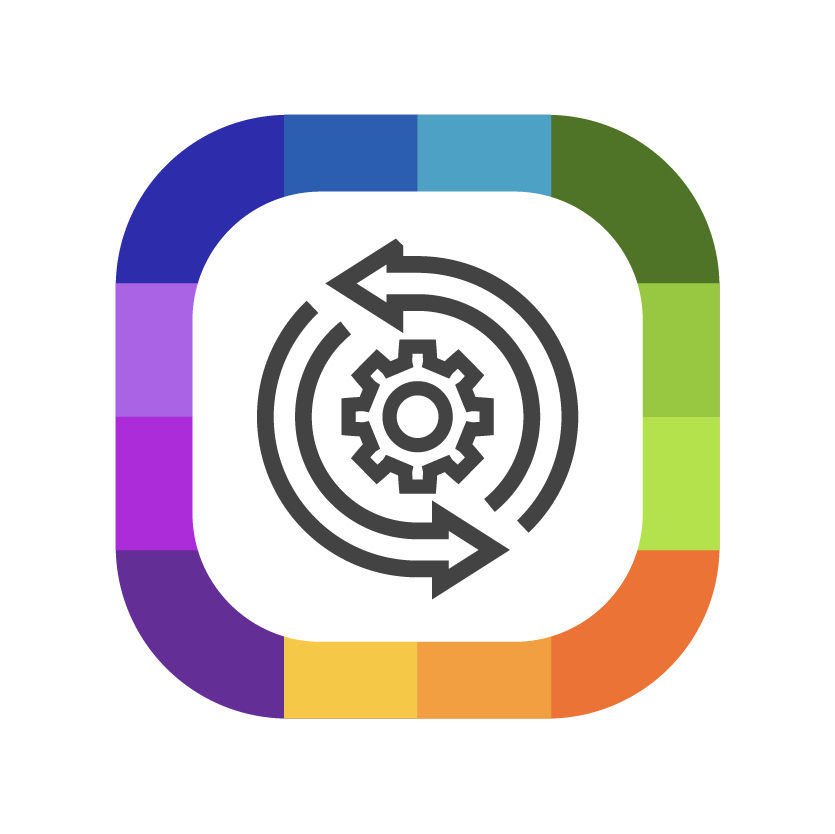
Case-based design cycle
Description:
This CC pattern provides the design for the focal learning experiences in a course that adopts case-based design approach as its primary pedagogical approach. The synchronous part of the CC pattern is a highlight in that learners conduct the learning sciences analysis based on the video cases of authentic practices captured from real scenarios.
Implementation notes:
This pattern is feasible for both synchronous and asynchronous learning scenarios. Students could upload and submit their responses via LMS. For the synchronous setting, allowing some in-class time for students to review readings (with the annotation tools) and reflect on their original postings in the forum is important to keep students engaged over different cycles of learning. Time-release functions on the LMS are key to ensure that students in the asynchronous settings are able to work with all the materials in the back.
Typical sequence of tasks in this CC pattern:
1. Read the weekly reading.
2. Discuss the reading in forum.
3. Watch a 15-min presentation/ lecture.
4. Reading review “buzz groups”.
5. Video case study.
6. Group discussion on the video case study.
7. Reflections for personal practice.

Theory-practice analysis
Description:
This CC pattern provides students the chance to perceive practices with theories.
Implementation notes:
This pattern is feasible for both synchronous and asynchronous learning scenarios. For the asynchronous setting, students are recommended to experience this task several times in a course before they submit the final work materials in the back.
Typical sequence of tasks in this CC pattern:
1. Review and select case studies through readings or simulated videos.
2. Do the theory-practice analysis by writing a commentary.
3. Comment on peer’s commentary.

Designing and reviewing resources
Description:
This CC pattern provides students the chance to produce the design of learning component with the knowledge and skills acquired from the course. The synchronous of the CC pattern is a highlight in that learners present and evaluate the learning component, while the asynchronous of the CC pattern is to visit the resources and design templates that induct them into the professional community and transformed their learning into a trial-run design.
Implementation notes:
This pattern is feasible for both synchronous and asynchronous learning scenarios. For the asynchronous setting, students are recommended to do the recording of the design and set up some tasks on the LMS for the trial-run of the design. A portal of resources is suggested to provide to learners for getting case studies readings and preparing for the design.
Typical sequence of tasks in this CC pattern:
1. Design the trial training/workshop with the educational approaches.
2. Conduct interprofessional dyad/triad in-class presentations.
3. Compose a mock submission of the summary report based on the design and delivery of the learning training/workshop.

Revision of the experimental design to improve/extend the findings
Description:
If time permits and appropriate, students can revise the experimental design to improve/extend the findings from the previous rounds of experiments.
Typical sequence of tasks in this CC pattern:
1. Students apply scientific reasoning skills to construct an explanation for the results.
2. Students write down their statement on the process of scientific reasoning.
3. Students participate to choose valid and reliable evidence that support their reasoning.
4. Students discuss and share the experiment findings.
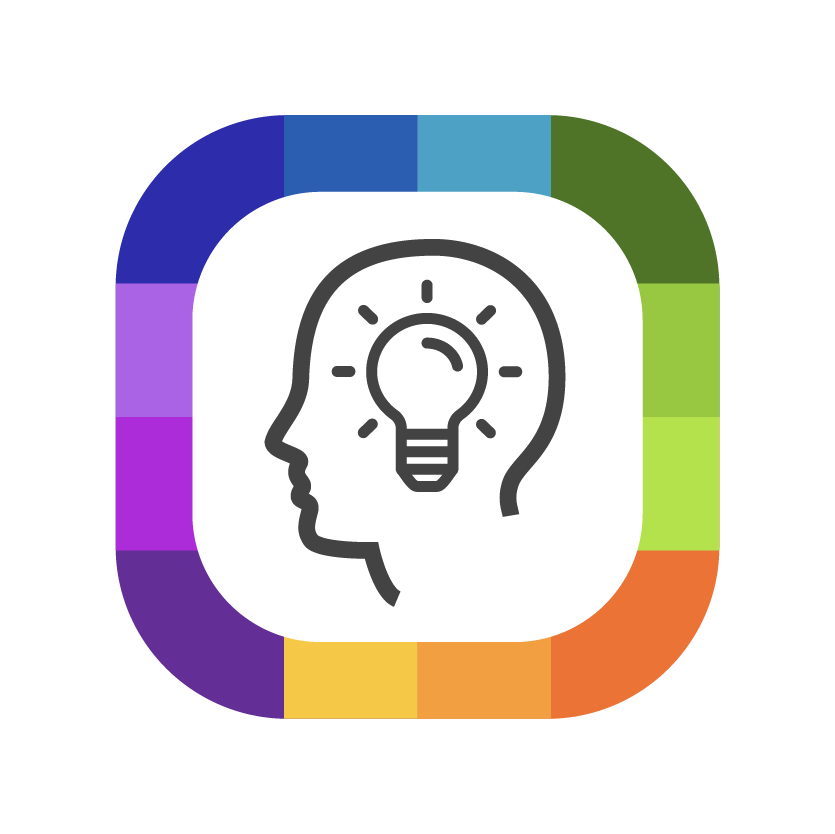
Ideate design plans for goal-setting
Typical sequence of tasks in this CC pattern:
1. Students search and study existing solutions to the users needs.
2. Students reflect the collected existing solutions.
3. Students brainstorm on their findings, and converge on one best/feasible solution.
4. Students receive feedback and comments from teachers and other students.
5. Students revise the design problem based on the feedback received.
